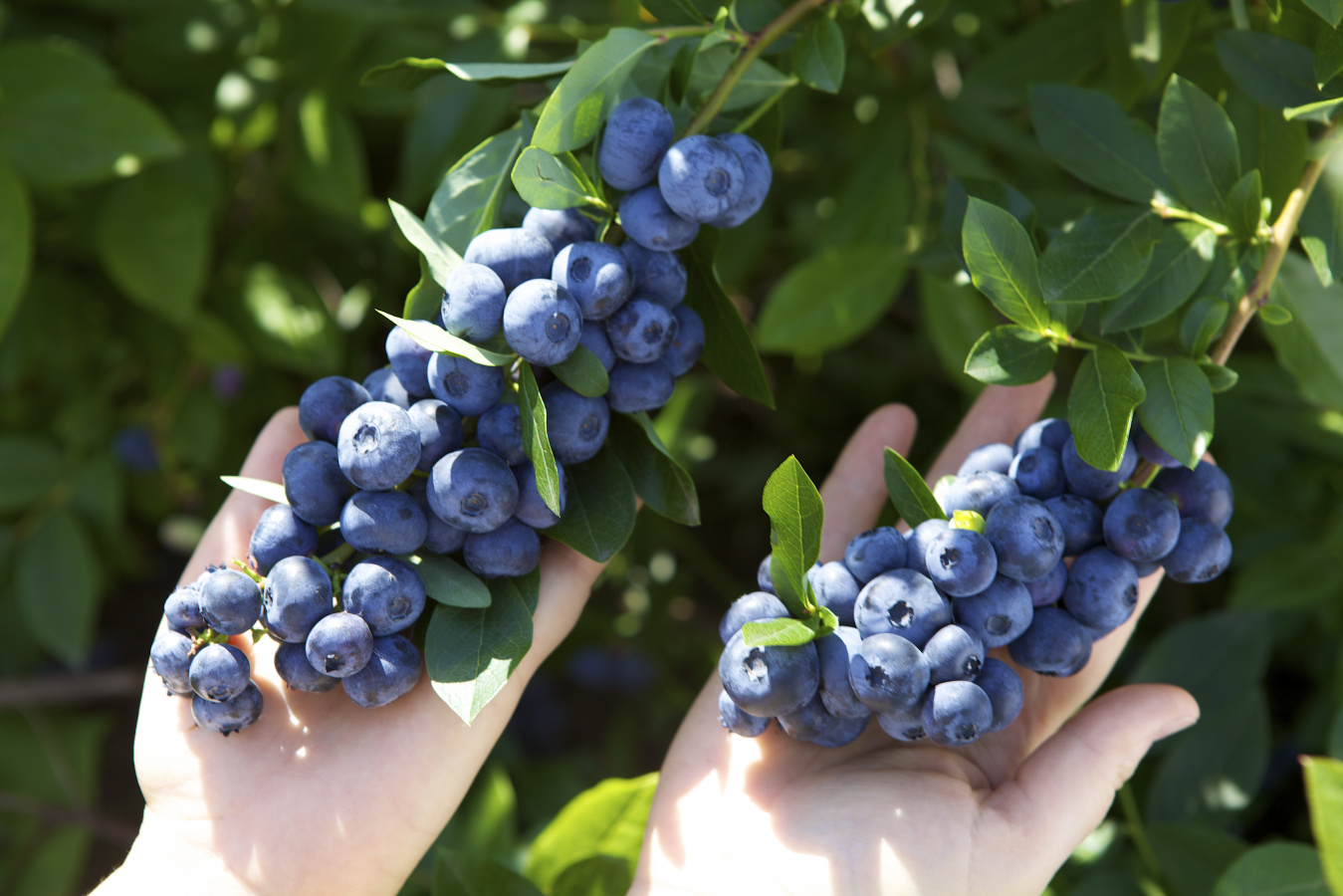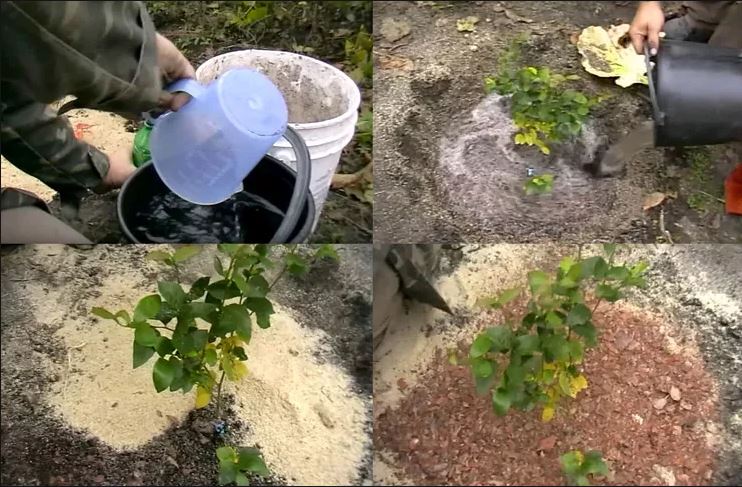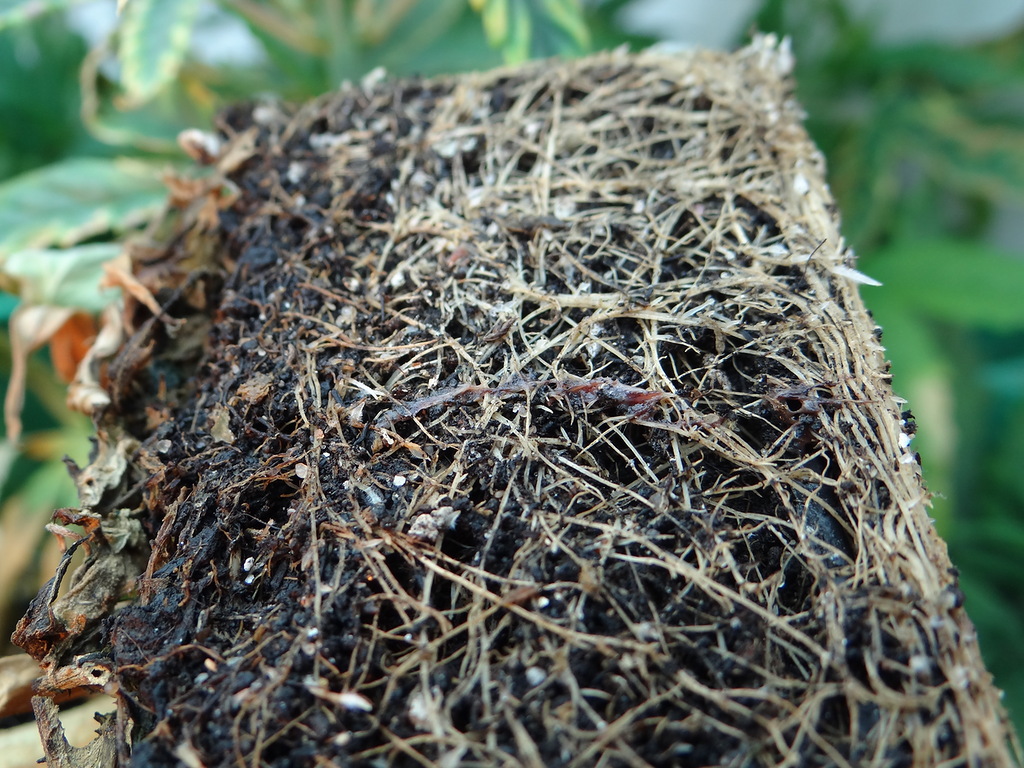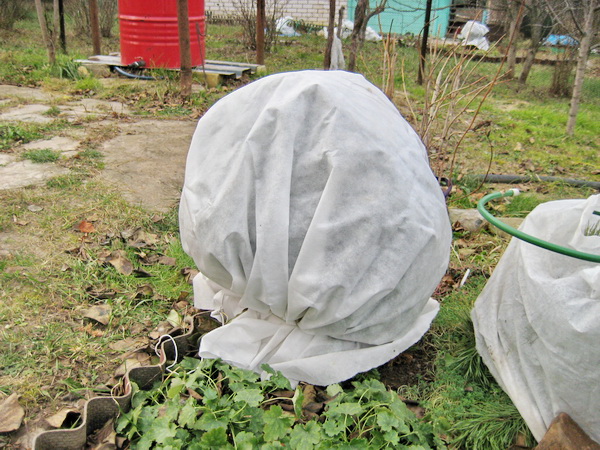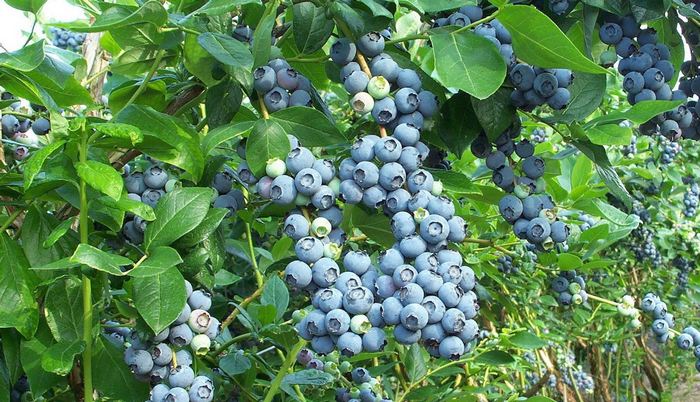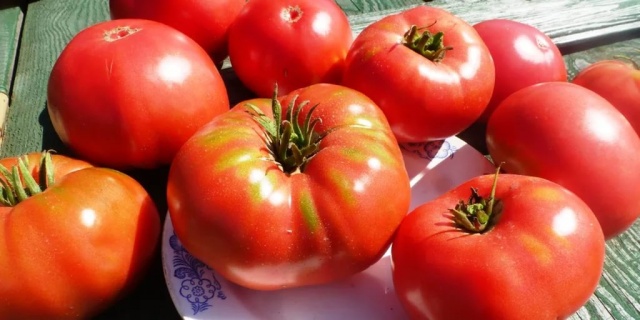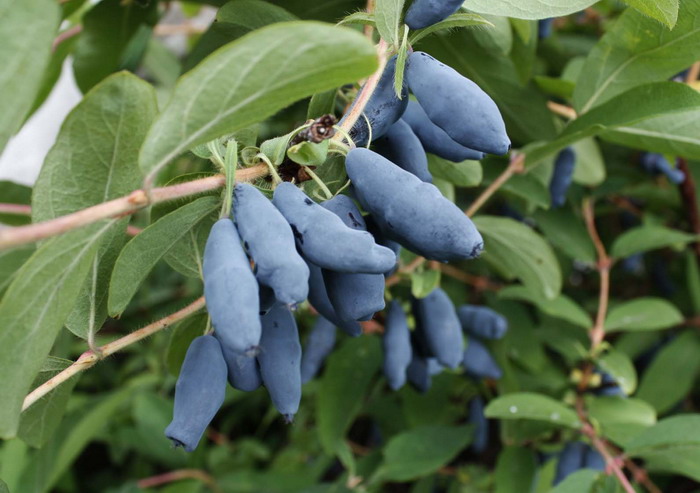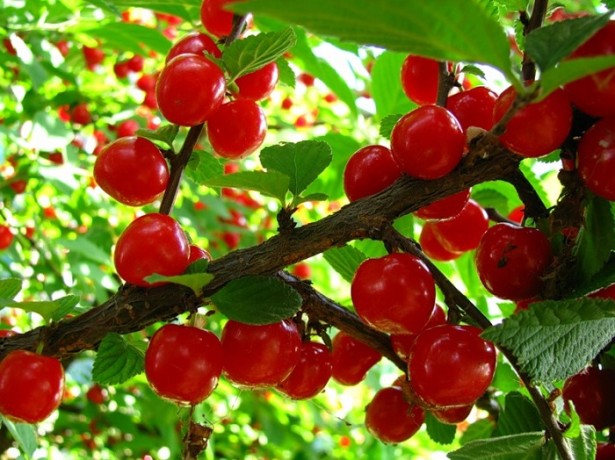Content:
Growing berry bushes on a personal plot is a favorite pastime of gardeners and gardeners. Each of them dreams of growing at their dacha not the usual strawberries or currants, but trying something more interesting and exotic. When it comes to blueberries, people mostly imagine the taiga with its swampy soils, on which small branched shrubs with round or oblong blue berries grow. Varietal plants are most often tall and spreading.
Blueberries are valued primarily for their excellent taste and a large amount of useful vitamins and minerals. The climate of Siberia is not the most optimal for growing blueberries, as it is a thermophilic crop. Breeders have created high-yielding and frost-resistant blueberry varieties that are ideal for garden plots in Siberia.
Blueberries for Siberia: the best varieties
The main advantage of blueberry varieties for Siberia is frost resistance. At the same time, breeders were able to combine this quality with high yields.
Description of the best blueberry varieties:
- "North Country" is a blueberry variety that can easily withstand frosts of forty degrees. Despite the fact that the bushes of this variety are low and not bulky, the yield is up to 8 kg. The berries are not large, but very sweet, so they are ideal for making blueberry jam or preserves;
- Shegarskiy is a late-ripening variety with excellent productivity, up to one and a half kilograms from one bush. A distinctive feature is the simultaneous ripening of berries, so harvesting is convenient;
- "Blue placer" - also refers to late-ripening varieties, but has a record yield - 2 kg per bush. This is a compact shrub up to 1 meter high, a maximum of 5 berries grow on one brush;
- "Yurkovskiy" - this variety has high frost resistance, but an average yield - about 1 kg of berries from one bush. Moreover, the berries are very large and fleshy. This became possible due to the peculiarities of the bush: it grows up to one and a half meters in height and has a sparse crown;
- "Taiga Beauty" is a mid-season blueberry variety. A distinctive feature is the pronounced sour taste of the pulp. The shrub is tall with a spreading crown, so the berries grow large.
Interesting. Blueberry varieties for the Urals will be the same, since both climatic zones are characterized by a harsh climate.
Growing blueberries in Siberia
The climate of Siberia cannot be called simple and favorable for the cultivation of blueberries. When choosing a variety, you need to rely not only on resistance to frost, but also on the characteristics of the climate. Blueberries in Siberia need special planting and care. Planting technology, taking into account climatic features, directly affects yield indicators.
Landing
Blueberry seedlings do not take root well in the Siberian climate, and after the shrub adapts to harsh conditions, growth slows down. A correctly selected area, as illuminated as possible and protected from wind and draft, is the key to success when planting blueberries in Siberia. It is also very important to create optimal soil moisture without stagnant water. Therefore, it is recommended to avoid the formation of a blueberry bed next to large trees that create thick shade and take a lot of moisture.Also, when choosing a site, lowlands should be avoided.
Planting blueberries in Siberia is carried out in spring and includes the following stages:
- Choose the most suitable site, dig it up, breaking lumps and removing weeds;
- Mark holes 40 * 40 * 50 cm in size at a distance of one meter from each other. For a tall variety, the hole should be made 10 centimeters deeper. The width should also be increased, based on the volume of the roots in a straightened form;
- Prepare a nutrient mixture: 2 parts peat, 1 part turf and 1 part sand. In the absence of the necessary components, only loose peat can be taken. This stage is very important because blueberries do not develop well without the mixture;
- Adjust the acidity of the soil. The increased acidity of the soil is detrimental to blueberries, therefore it is very important to use mineral fertilizers with sulfur or high-moor peat;
- Planting a seedling. It is necessary to moisten the hole well and set the plant in the center, cover it with soil and compact the soil well around the trunk.
On a note. There is one secret to growing blueberries. To speed up the growth of the bush and get a good harvest, you need to add mycorrhiza to the planting soil. Mycorrhiza is the interaction of fungi and roots, literally translated as fungal root, it helps to better absorb nutrients from the soil. In the forest, you need to select soil from under pine or birch and mix it with peat. Add the resulting mixture when planting in the hole, such a soil will be most favorable for growing blueberries.
Blueberry care in Siberia
Blueberries need to be given special attention, otherwise you should not expect a good harvest.
- Abundant watering 2 times a week. One bush requires one bucket of water. Stagnation of moisture at the roots should not be allowed, therefore, depending on the amount of precipitation, watering can be adjusted. You also need to pay attention to solar activity and water the bushes in the morning or evening;
- Pruning the bush 2 times a year. Sanitary pruning is done in the spring before the buds are awake. The essence of this pruning is to remove old or damaged branches that interfere with a large harvest, since they take a lot of life juices from the plant and are spreading diseases. Formative pruning is done in the fall. It consists in removing old shoots that are more than 2 years old;
- Top dressing. Organic fertilizers such as peat not only enrich the soil, but also serve as a mulching material. Thanks to the special method of laying in the form of a thick pillow, weeds stop growing around the bush, and moisture is better retained in the soil. The mulch needs to be renewed every year.
Important! In order to prevent freezing of shoots and roots, even varieties adapted to the Siberian climate need to be covered for the winter.
Warming for the winter
The best covering material is agrofibre and burlap. They have good air permeability and do not let the bushes rot. Bushes can be rotten for two reasons:
- Use as a covering material of the film;
- The shelter was made at a positive air temperature and high humidity.
It is considered correct to shelter the bushes when a stable subzero temperature has been established, otherwise there is a possibility of fungus development. The branches are bent to the ground and fixed with wire or hooks. Covering material is placed on top, and then additionally covered with snow. This protects the plant from wind and frost, while maintaining the ability to breathe.
Blueberry care mistakes
- Improper care of blueberries is the main factor in the appearance of diseases and pests. No plant can develop and bear fruit stably without timely and correct fertilization. It is very important to apply fertilizers on time, observing the dosage;
- Blueberries do well in one place for 5 years. After this period, the bush must be transplanted into a more fertile soil, or the area on which the bush is growing must be well fertilized;
- Inadequate watering of blueberries leads to its diseases.Avoid low-lying areas where water can stagnate and reduce watering during the rainy season;
- The root system of blueberries is very close to the surface, so loosening the soil should be done carefully, otherwise damage cannot be avoided. At the same time, the loosening procedure is very important, it must be carried out regularly so that the roots receive a sufficient amount of oxygen and moisture;
- Soil acidification negatively affects the fungus root, which plays the role of a conductor of nutrients from the soil. Therefore, you should not use vinegar essence to acidify the soil; it is better to take safe citric acid for these purposes.
Planting and care of blueberries in the Urals almost completely coincide with the peculiarities of crop cultivation in Siberia.
In general, even in the difficult conditions of the Siberian climate, you can successfully grow blueberries in your garden, adhering to only three basic rules:
- Choose the right variety. American varieties are best suited for planting blueberries in Siberia and the Urals;
- Competently choose a site for landing;
- Provide thorough care during the growing season.
